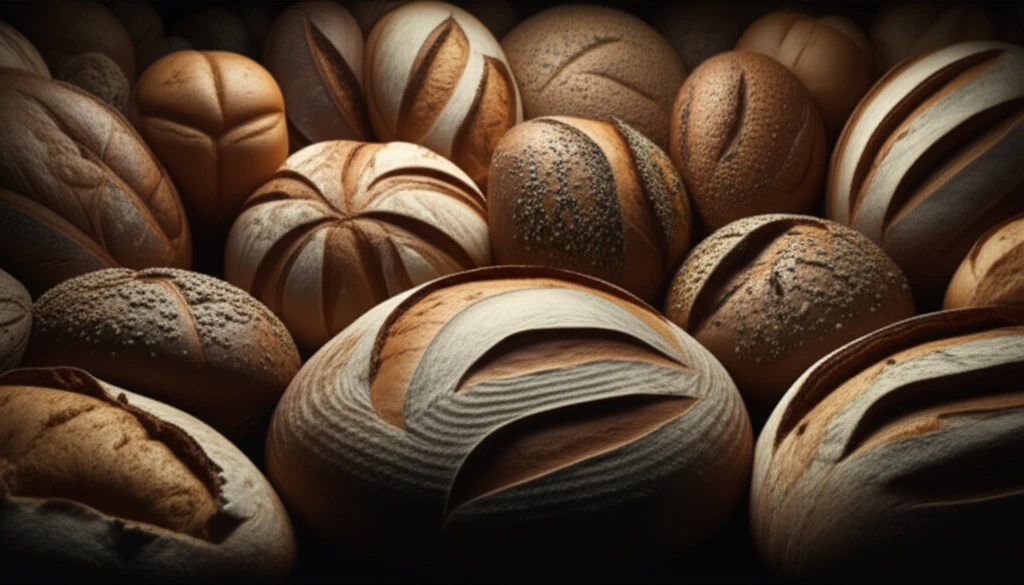
Decoding Rye Bread: A Sensory Journey for Flavor Explorers
"Unlock the secrets of rye bread! Our guide explores its unique flavors, helps you choose the best loaf, and appreciate this versatile grain."
Rye bread, a staple in Northern and Eastern Europe, is celebrated for its complex and diverse flavors. From the hearty, robust varieties of Northern Europe to the milder versions found in the United States, rye bread offers a sensory experience unlike any other. But what exactly contributes to this flavor versatility, and how can you, as a curious foodie, truly appreciate the nuances of this grain?
Understanding the sensory characteristics of rye bread is key to unlocking its full potential. Factors such as the type of rye used, milling processes, fermentation techniques (especially sourdough), and the addition of other ingredients all play a role in shaping its distinctive taste and texture. Whether you're a seasoned rye bread aficionado or a curious beginner, this guide will equip you with the knowledge to explore and appreciate the world of rye.
This article delves into the fascinating world of rye bread, drawing on sensory science to provide a comprehensive understanding of its flavor profiles. We'll explore the key attributes that define rye bread, offer tips on selecting the perfect loaf, and provide inspiration for incorporating this versatile grain into your everyday meals. Get ready to embark on a sensory adventure and discover the delicious possibilities of rye bread!
What Makes Rye Bread Taste Like Rye Bread? Unveiling the Key Flavor Attributes

Sensory scientists have identified a range of attributes that contribute to the unique flavor profile of rye bread. Here's a breakdown of the key characteristics:
- Overall Grain: A foundational aromatic impression, encompassing musty, dusty, and slightly sweet notes, reminiscent of harvested grains and dry grain stems.
- Rye: A distinct aromatic profile, characterized by musty/dusty, slightly brown, nutty, and grain-like notes. It may also include subtle sour, bitter, and green peapod-like nuances.
- Bran: A light, dusty, and grain-like aromatic element, often accompanied by slightly raw, sweet, or bitter undertones.
- Malt: A brown aromatic note with grain-like qualities, potentially incorporating sweet, sour, and subtly fermented hints.
- Musty-Dry: Stale aromatics and flavors with a slightly damp character, possibly with sweet and sour notes, reflecting a lack of freshness from enclosed storage.
- Nutty: A blend of slightly sweet, brown, woody, oily, musty, astringent, and bitter aromatics, reminiscent of nuts, seeds, beans, and grains.
- Brown/Toasted: A rich, full, round aromatic impression, generally linked to attributes like toasted, nutty, roasted, and sweet notes.
- Sweet, Sour, Bitter, and Astringent: The fundamental taste components that contribute to the overall balance and complexity of rye bread.
Elevate Your Rye Bread Experience: Tips for Selection and Enjoyment
Now that you're equipped with a deeper understanding of rye bread's flavor attributes, you can confidently explore the diverse options available and select the perfect loaf to suit your taste. Consider the intensity of rye flavor, the presence of other grains and ingredients, and the overall balance of sweet, sour, and bitter notes. Whether you prefer a hearty, traditional rye or a milder, sweeter variety, the world of rye bread offers a delicious adventure for every palate.
